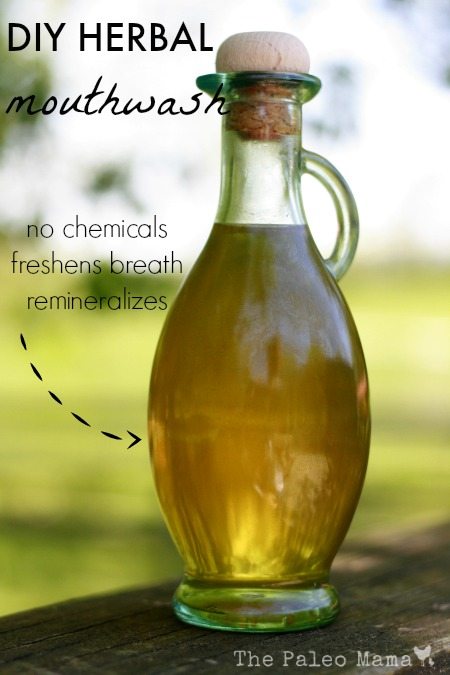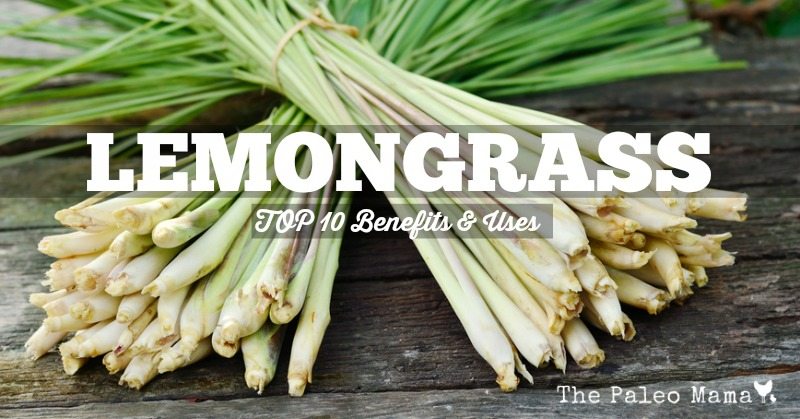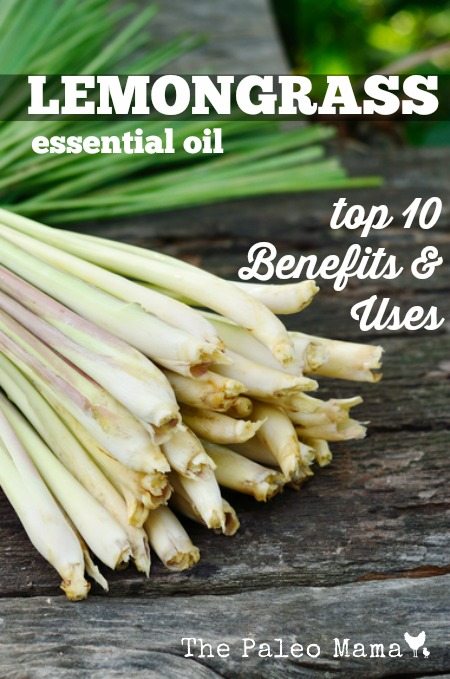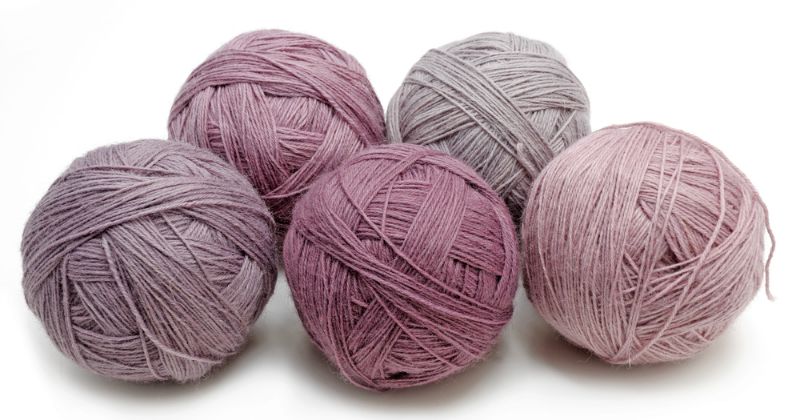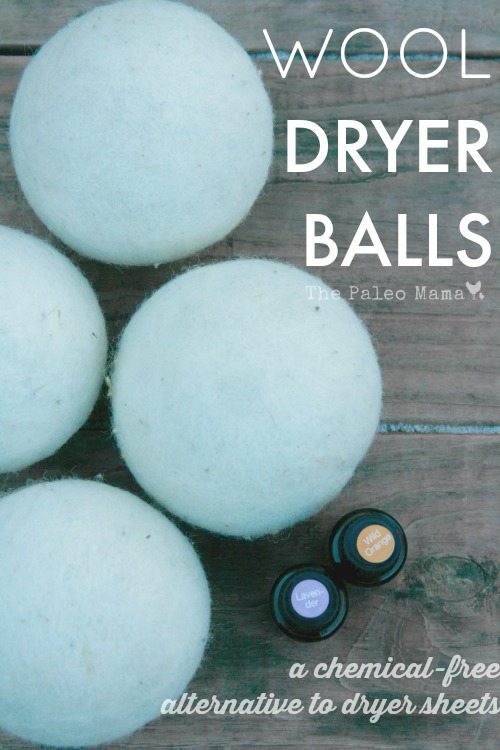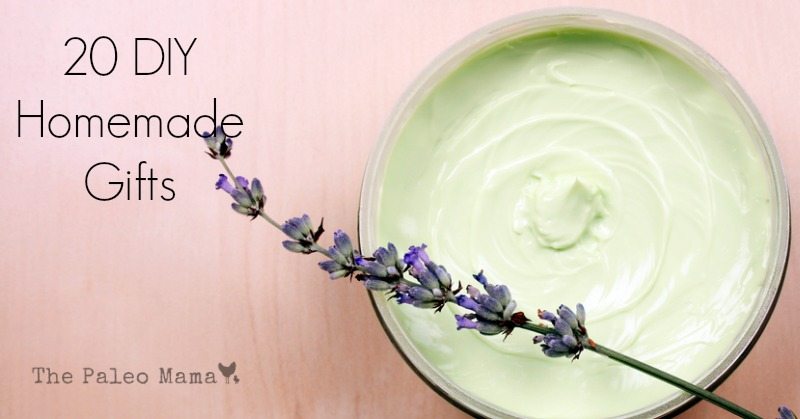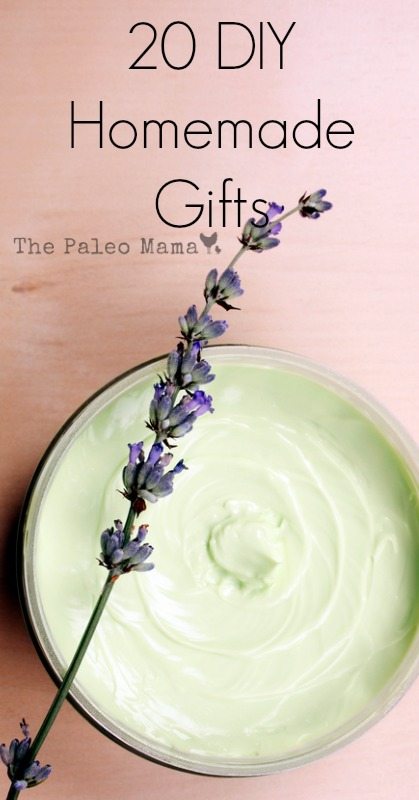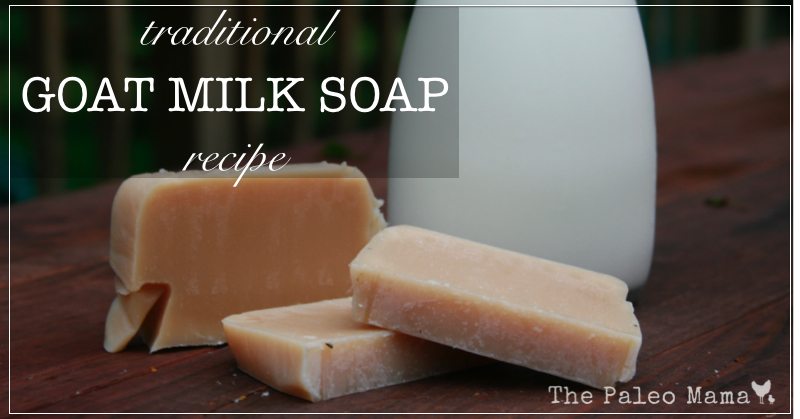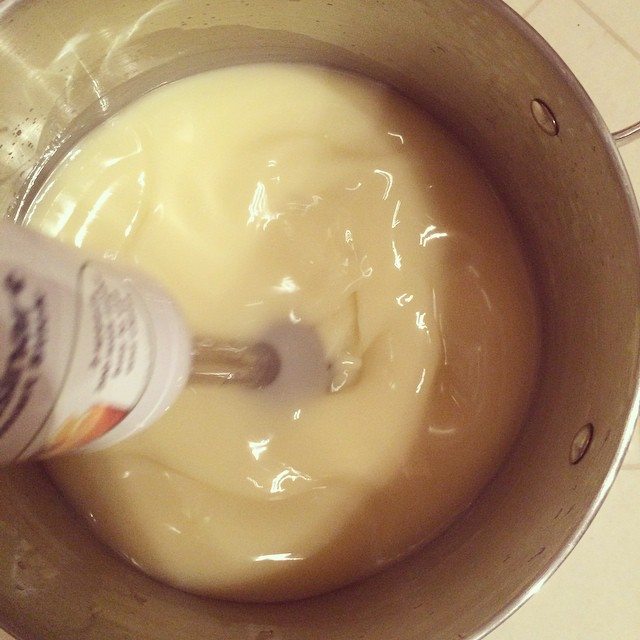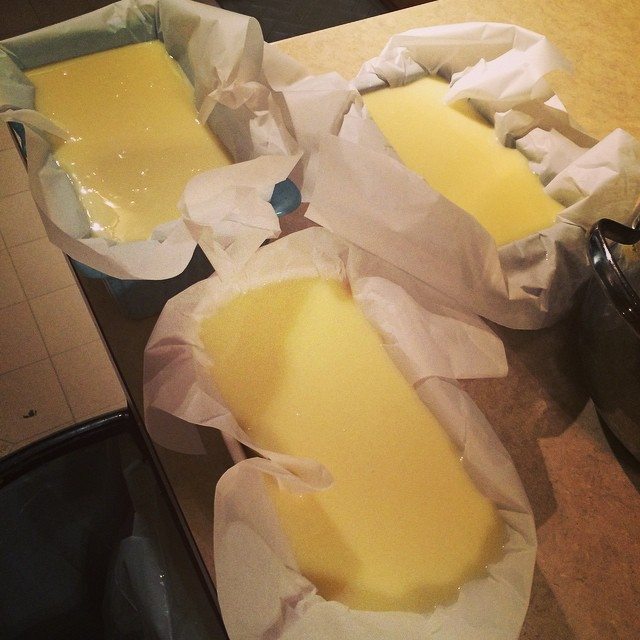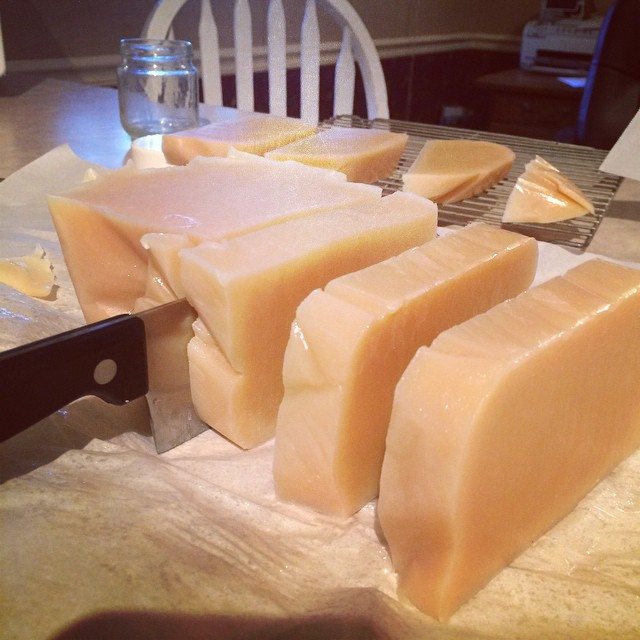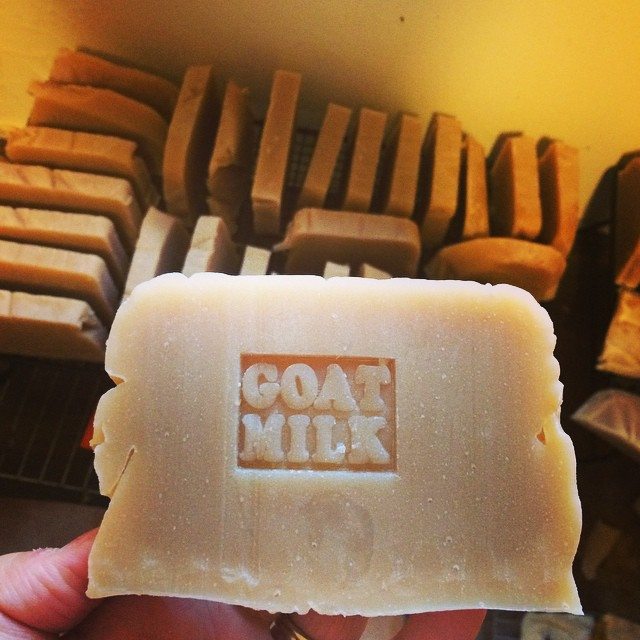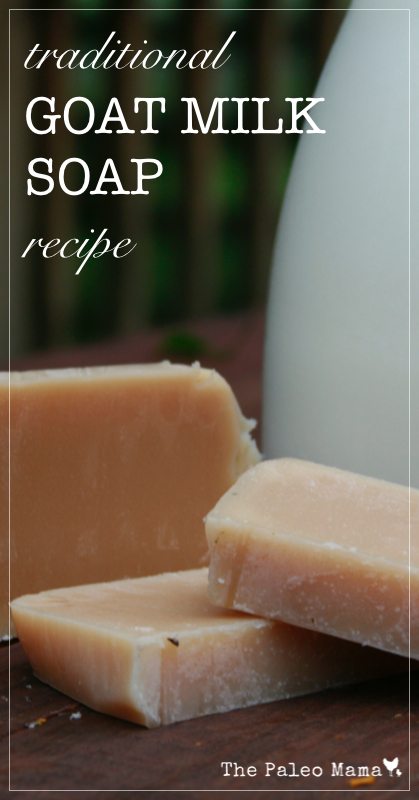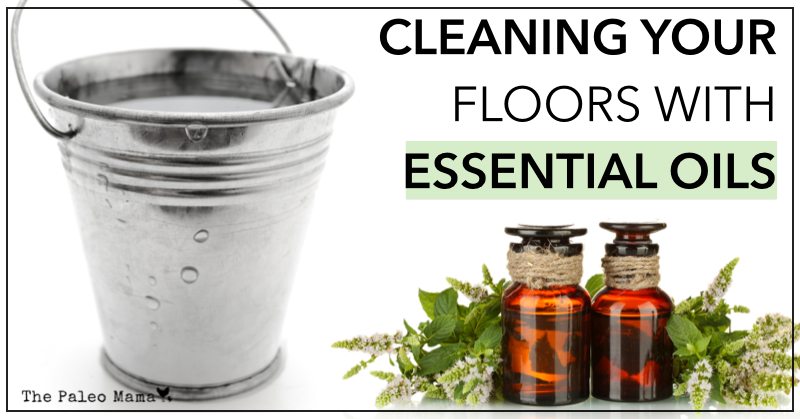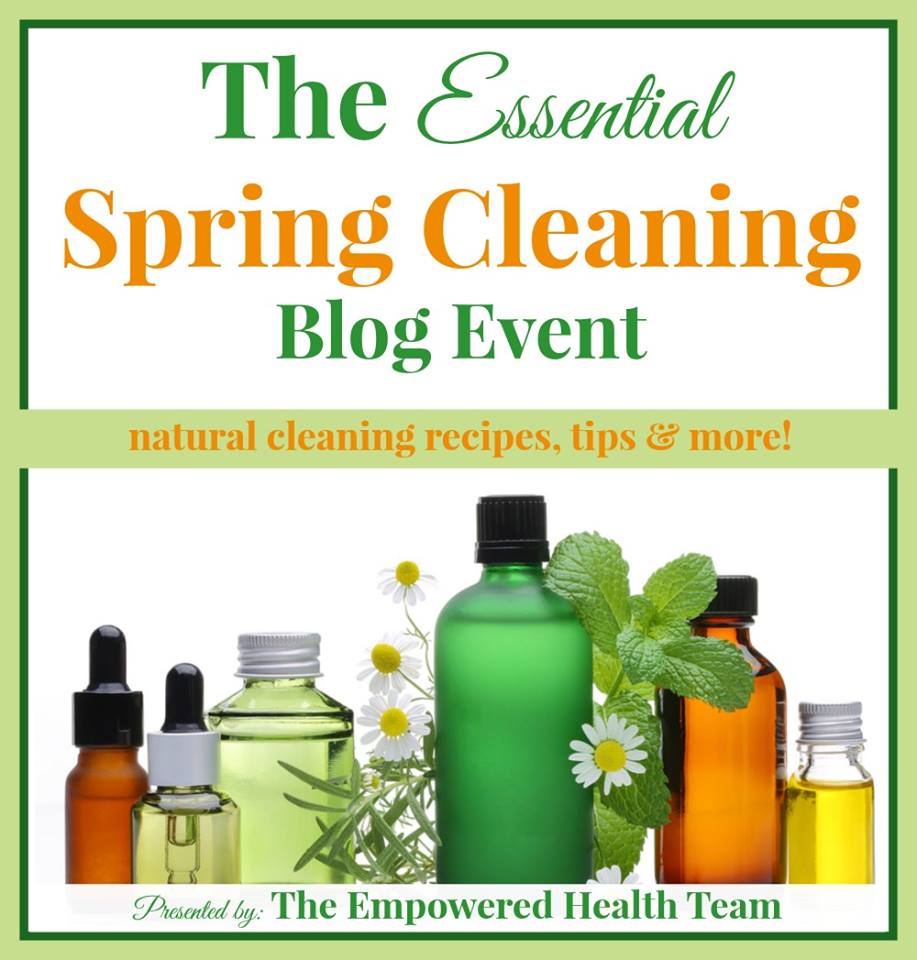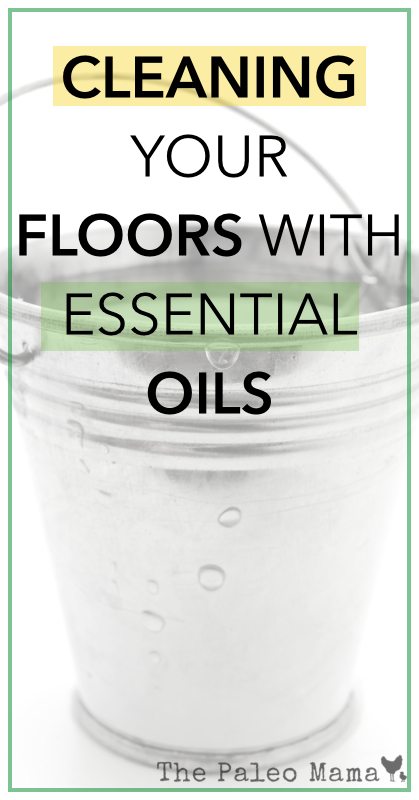So, many of you might know if you follow me on Instagram, but a few months ago I started the Invisalign braces. I LOVE the changes I am seeing in my teeth and would recommend them to anyone in a heartbeat, but having the braces on my teeth 22 hours a day can make my mouth stale and dry. I am a minimalist and before braces I would just drop a little bit of peppermint essential oil on my tongue and swish around! However, with the new Invisalign braces, I needed something that would swish really good and freshen my breath…which is why I created this DIY Herbal Mouthwash.
I had some dried peppermint laying around so I infused the water with it and added in some cinnamon and vitamin C powder to act as a preservative. I’m now, sort of, addicted to this mouthwash and I know you will be too!
Note: You can leave the dried peppermint out and just add an extra 5 drops of peppermint essential oil. Also, be sure to use THERAPEUTIC grade essential oil since you will be swishing it around in your mouth. Here’s where I get mine.
DIY Herbal Mouthwash
- 2 cups of filtered water
- 2 TB of dried peppermint leaves
- 10 drops of peppermint essential oil
- 5-10 drop of Cinnamon essential oil (you decide how much)
- 1/2 teaspoon of Vitamin C powder (to act as a preservative). If you leave this ingredient out, then I suggest you store the bottle in the fridge.
Click here to see where I buy therapeutic grade essential oils at a discount!
How to Make:
- Place the water in a small pot and bring to a simmer.
- Add the peppermint leaves, reduce heat, cover and simmer for 15 minutes.
- Use a cheesecloth and strain out the herbs. Cool.
- Add the essential oils and vitamin C powder to the mixture.
- Store in a glass jar and shake before each use.
